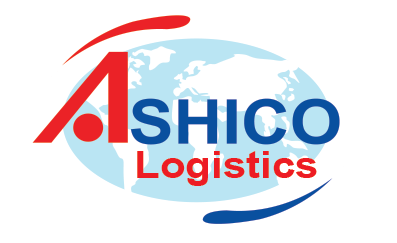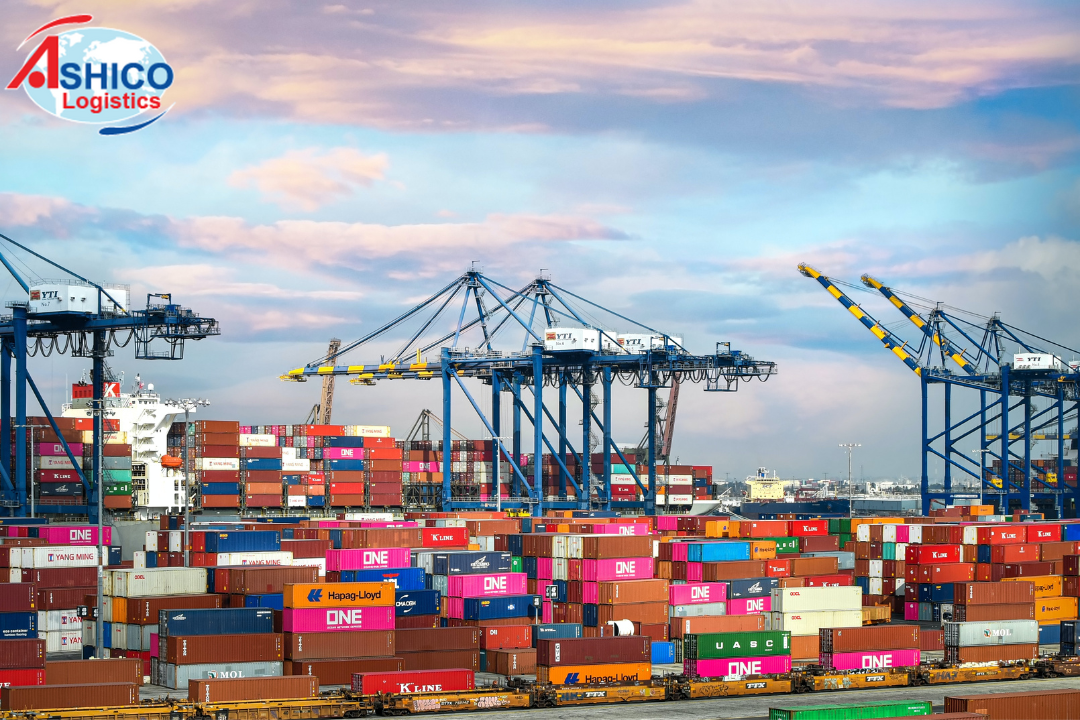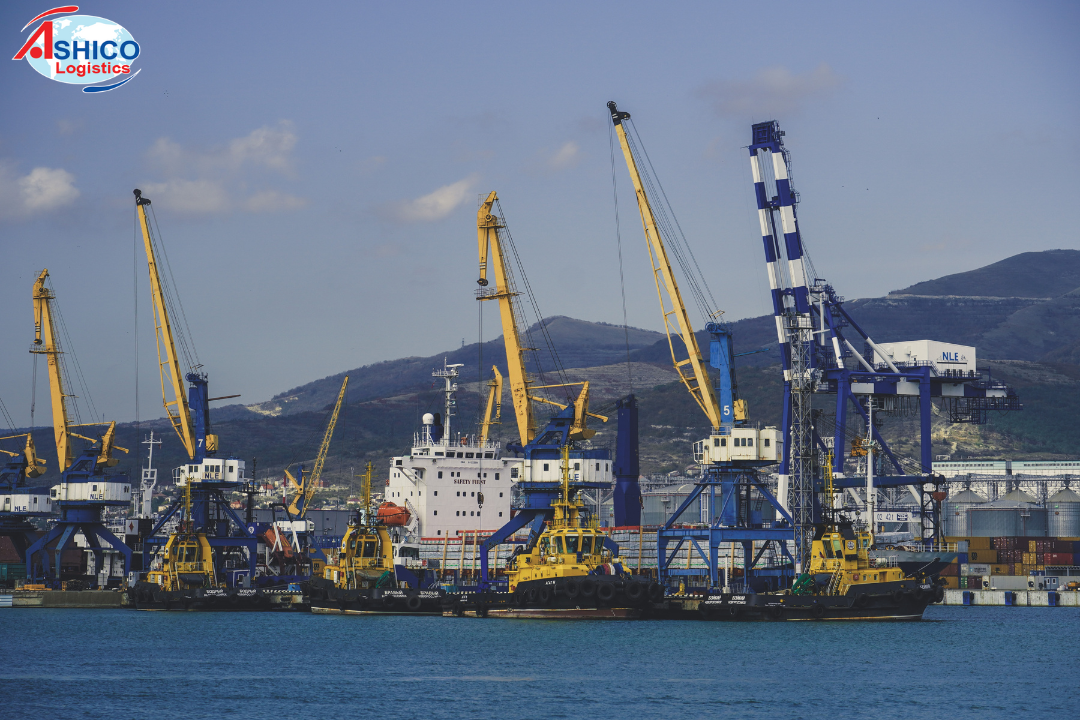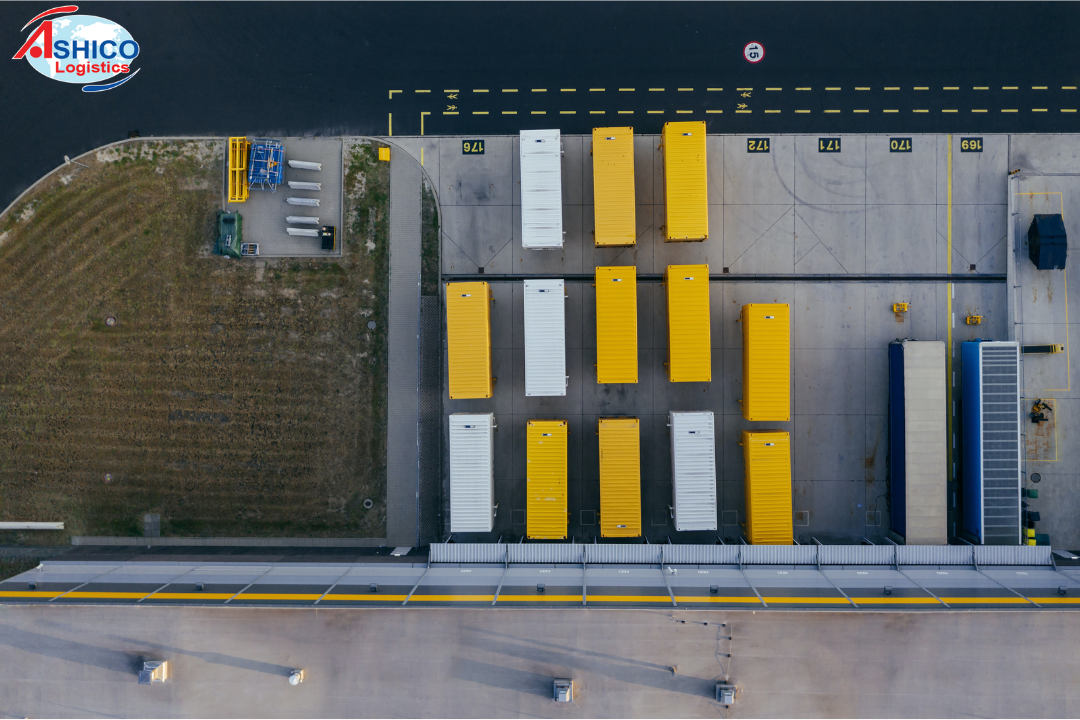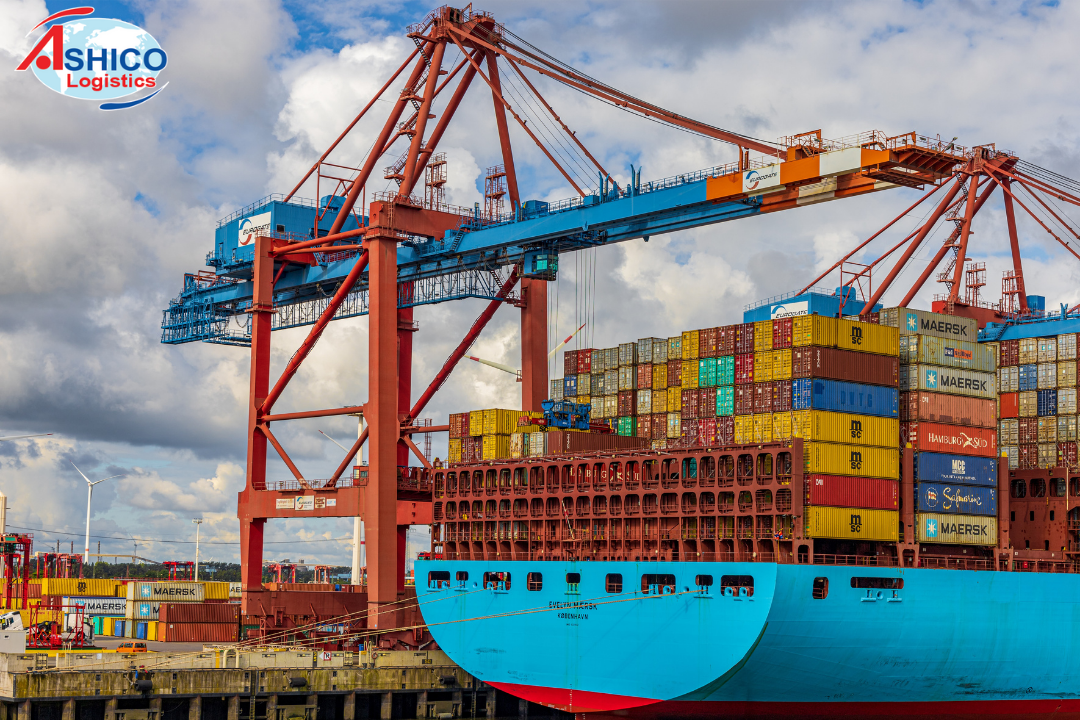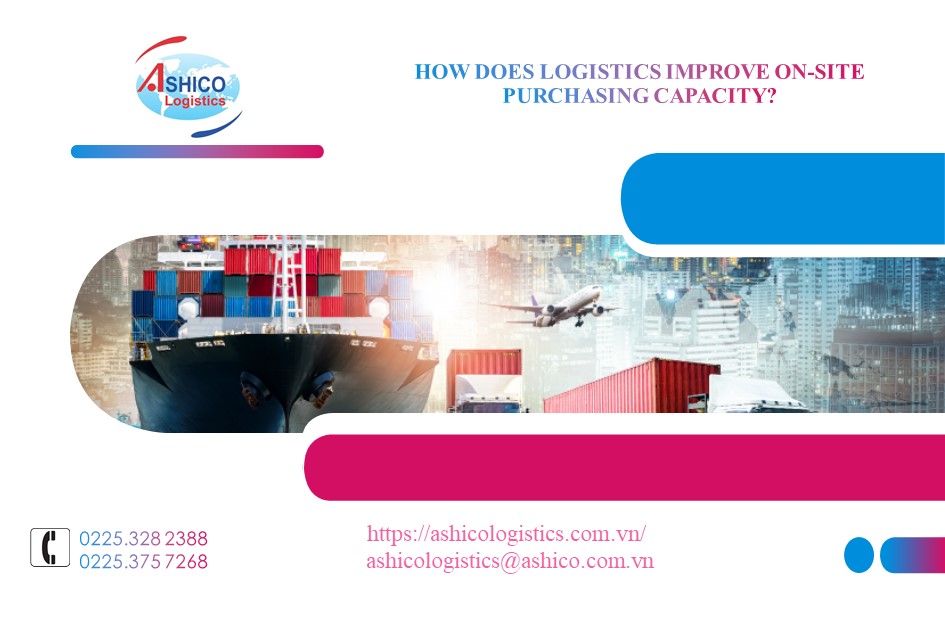
How does logistics improve on-site purchasing capacity?
Logistics businesses can improve their purchasing capacity by integrating resources and automation through capacity connectivity.
The balance between speed and cost creates a challenge for logistics businesses in ensuring the capacity of spot goods, optimizing their transport network. In addition, the on-site procurement process is often time-sensitive, which increases the complexity of the management process and can even cause disruption.
Transportation planners also tend to ignore cost in favor of speed. Normally, with traditional methods, they don't have the time to collect and analyze competitive bids. As a result, digital has emerged to streamline processes and enhance competition in the freight sector. However, the market is operating with many different digital service providers, so there is no single platform to ensure synchronization.
Businesses can research the market to find the best digital service provider, but in case of urgent shipping, everything becomes cumbersome. In this case, freight brokers can help businesses balance speed with freight costs.
Resource integration through capacity connectivity
Each carrier, digital marketplace, and broker can play an important role in enabling shippers to meet requirements of spot delivery capacity, but no one offers a total solution. One way to ensure resources are used efficiently, without sacrificing speed, is capacity connectivity.
Specifically, this method connects shippers with available capacity everywhere. The control tower and transport management system (TMS) is the hub for carriers, brokers and markets. Power connectivity creates the widest possible network and ensures all participants operating in equality.
The power of automation
Besides integration, automation is an indispensable part to improve the purchasing capacity of logistics enterprises. TMS automates the shipping process, perfectly positioned for automated merchandise purchasing. During this process, carriers and brokers send records back to TMS, where they are aggregated and presented to transportation planners based on cost.
Planners can choose the lowest cost bid or choose another carriers who provide low cost service if they have quality concerns with the service provider. By automating the procurement process, freight capacity can be secured in 1/3 of the time or faster than it would be possible to do manually.
The digital marketplace has marked a disruption in the traditional freight brokerage model. Thereby, thanks to digitization, logistics businesses can increase competition for spot goods. However, the fragmentation of digitization in the market may limit their effectiveness. Connectivity can exploit its full potential by integrating disparate technologies to develop into a "super market". From there, the "super market" can support logistics businesses to effectively and cost-effectively approach the management of on-site freight by trucks.
(Source: Logistics Management)
